Have you ever watched your cat’s eyes light up at the sight of a fluttering bird or a scurrying hamster? It’s adorable, but let’s be honest—sometimes that predatory gleam is a warning sign, not just a cute quirk. Cats are natural hunters, and while we love their playful sides, mixing them with certain other pets can be a recipe for chaos, stress, or even heartbreak. If you’re a dedicated cat lover, you want a peaceful, happy home for every creature under your roof. So, before you bring home a new companion, let’s talk about the pets that just don’t mix well with our feisty feline friends. Some of these may truly surprise you!
Birds: A Tempting Target
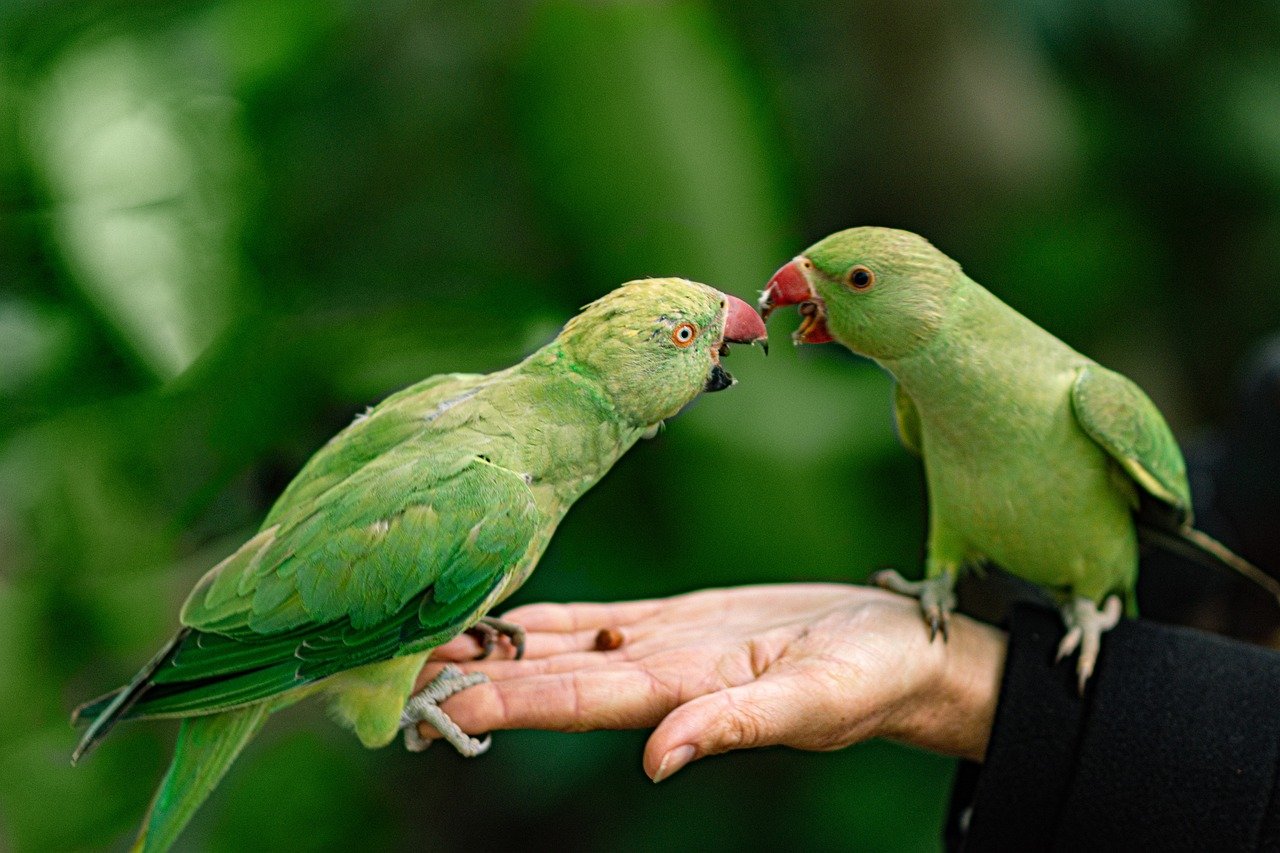
Bringing a bird into a home with a cat is a bit like tossing popcorn into a movie theater full of hungry kids—someone’s going to pounce. Cats are wired to hunt small, fluttering creatures, and no matter how much you trust your tabby, instinct can take over in a flash. Parakeets, canaries, cockatiels, and even larger parrots become prey in the eyes of your cat. Even if the bird is safely in a cage, the constant stalking and paw batting can stress out the bird, sometimes fatally. I remember my childhood parakeet, Bluebell, never relaxing when our cat prowled nearby. Besides, cats can knock over cages or slip a paw between the bars. It’s a high-stress environment for both pets, and honestly, it’s just not fair to the bird.
Hamsters: Small and Vulnerable
Hamsters are the definition of tiny and defenseless. To a cat, a hamster is basically a living, running toy. Even if you have the most chilled-out cat on the block, curiosity can lead to accidents. Hamster cages sometimes aren’t as secure as we’d hope, and one swipe of a cat’s paw could open up a world of trouble. Hamsters are easily frightened, and the stress of a cat’s presence—watching, sniffing, or batting at their cage—can make them sick or shorten their lives. It’s not just about the risk of direct harm; it’s about creating a peaceful, low-stress home, which is nearly impossible when your hamster is always on high alert.
Fish: Fascination Turned Fatal
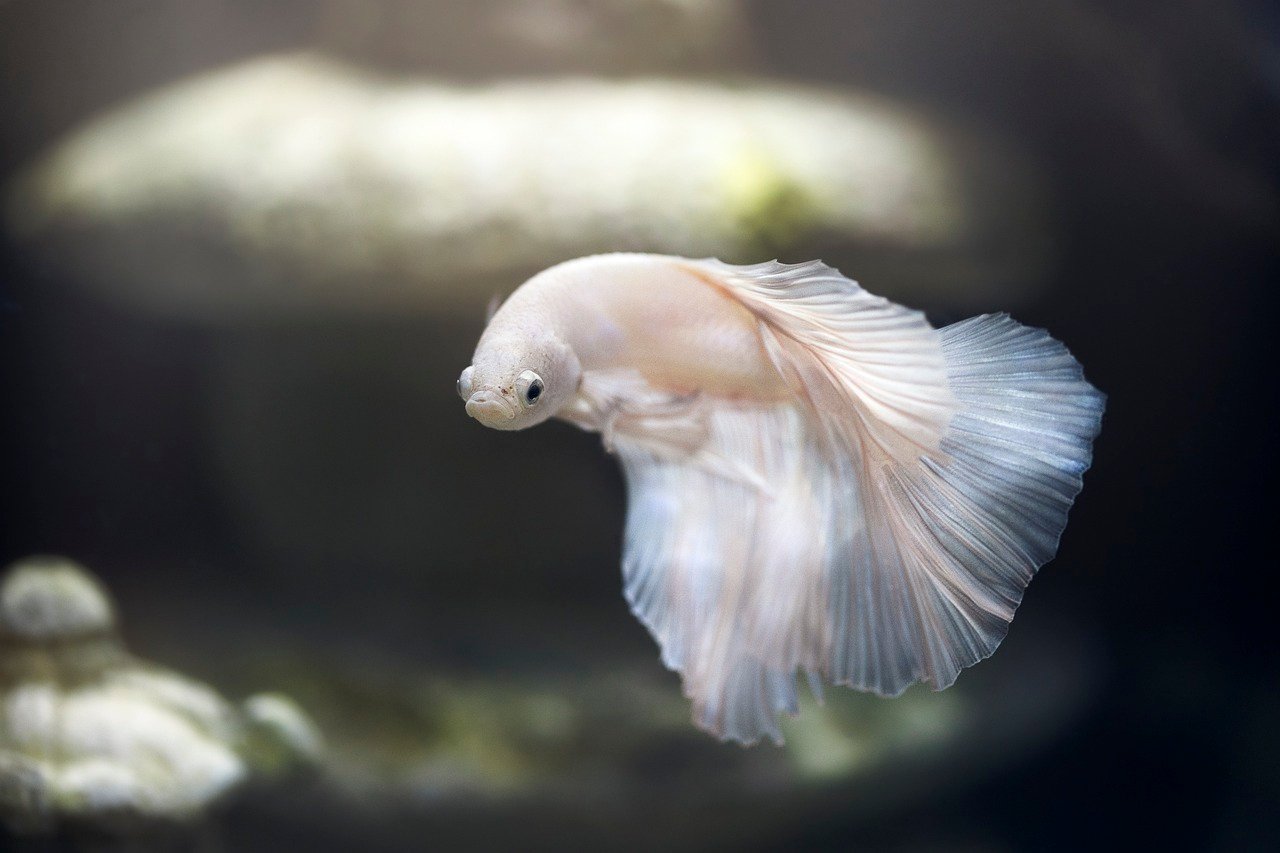
Cats and fish tanks are a classic disaster waiting to happen. The swish of fins and the shimmer of scales are just too enticing for most cats to ignore. You might think a glass tank is enough protection, but cats are persistent. They may try to dip their paws in the water, bat at the glass, or even knock over smaller tanks. I once watched my own cat, Whiskers, perched for hours beside my fish tank, plotting who-knows-what. The constant feline attention can stress out the fish, and a determined cat can sometimes pop off a tank lid. It’s a risk that’s just not worth taking if your priority is the well-being of all your pets.
Rabbits: Gentle but Stressed
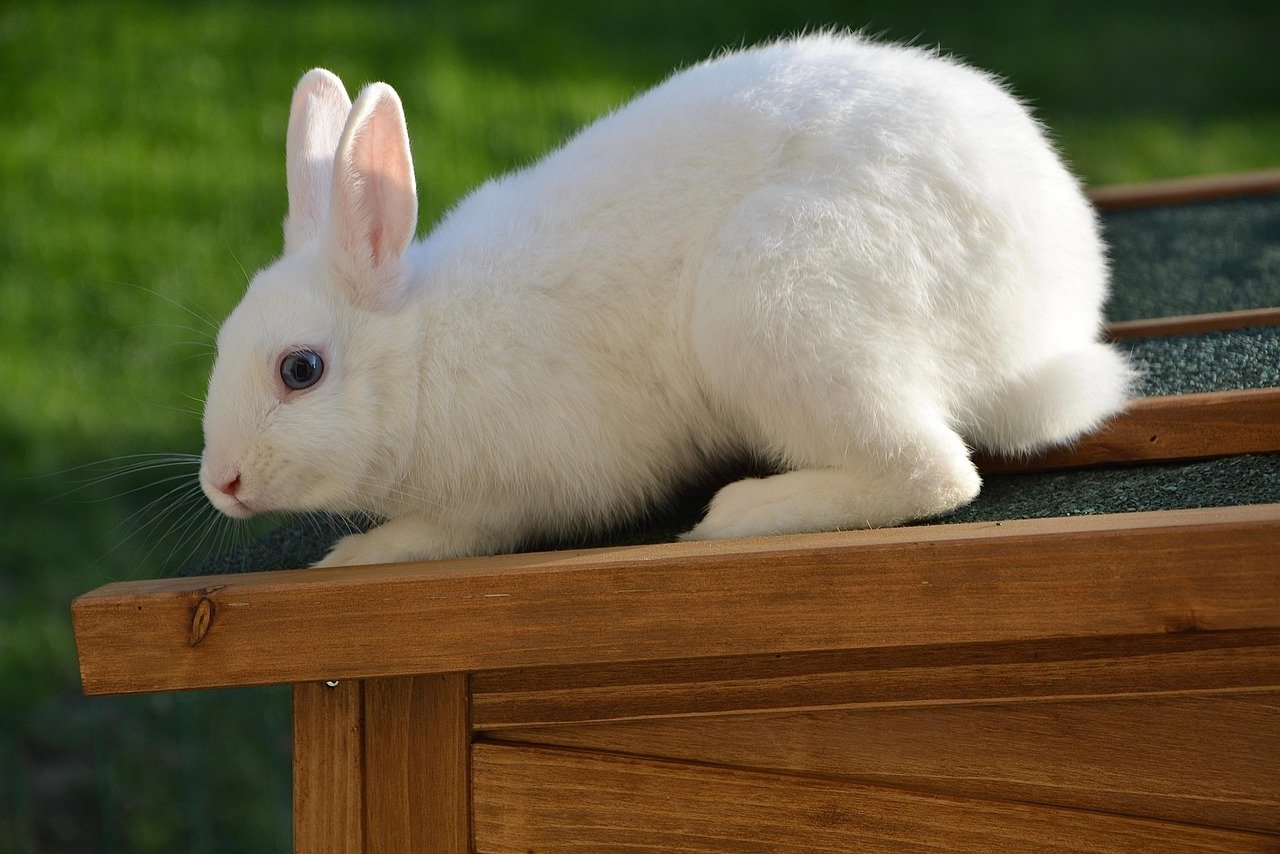
Rabbits and cats both love to explore and can get along in rare cases, but the odds are against you. Rabbits are prey animals, and cats are predators. Even if your cat never attacks, the mere presence of a cat can cause chronic stress for a bunny. Stress in rabbits can lead to serious health problems, like digestive issues or heart troubles. Picture a rabbit freezing every time the cat walks by, or hiding for hours on end. Even the best intentions can’t overcome hardwired instincts. Their personalities just don’t mesh, and the risk of a tragic accident is always present.
Guinea Pigs: A Bundle of Nerves
Guinea pigs seem robust, but they’re actually very sensitive creatures. Cats, even friendly ones, can cause endless anxiety for guinea pigs. The scent, sight, and sound of a cat nearby can be enough to send these little animals into a constant state of fear. Some cats may even see guinea pigs as prey and try to hunt them. If you care about your guinea pig’s happiness—and your cat’s, too—it’s best to avoid mixing these two. Guinea pigs thrive in calm, quiet environments, not homes where a curious feline is always lurking nearby.
Reptiles: Not-So-Safe Behind Glass
Reptiles like lizards, geckos, and snakes may seem protected behind their tanks, but cats can be surprisingly clever. A cat’s persistent pawing can loosen lids or tip over enclosures. The stress of a predator constantly hovering around can impact a reptile’s appetite and overall health. Imagine your bearded dragon trying to bask in peace while a curious cat taps at the glass all day. Even turtles and tortoises can become targets for feline fascination, leading to potential injury for both parties. It’s a risky combination that rarely ends well.
Ferrets: Too Much Competition
Ferrets are playful, mischievous, and full of energy—just like many cats. But instead of being friends, these two are more likely to become rivals. Ferrets can nip, chase, and annoy cats, and cats may respond with aggression or territorial behavior. Their play styles are different, and misunderstandings can quickly escalate. I once fostered a ferret alongside my cat, and it was like refereeing a never-ending wrestling match. It might sound fun, but it’s exhausting for everyone and can lead to injuries or long-term stress.
Pet Mice and Rats: Natural Prey
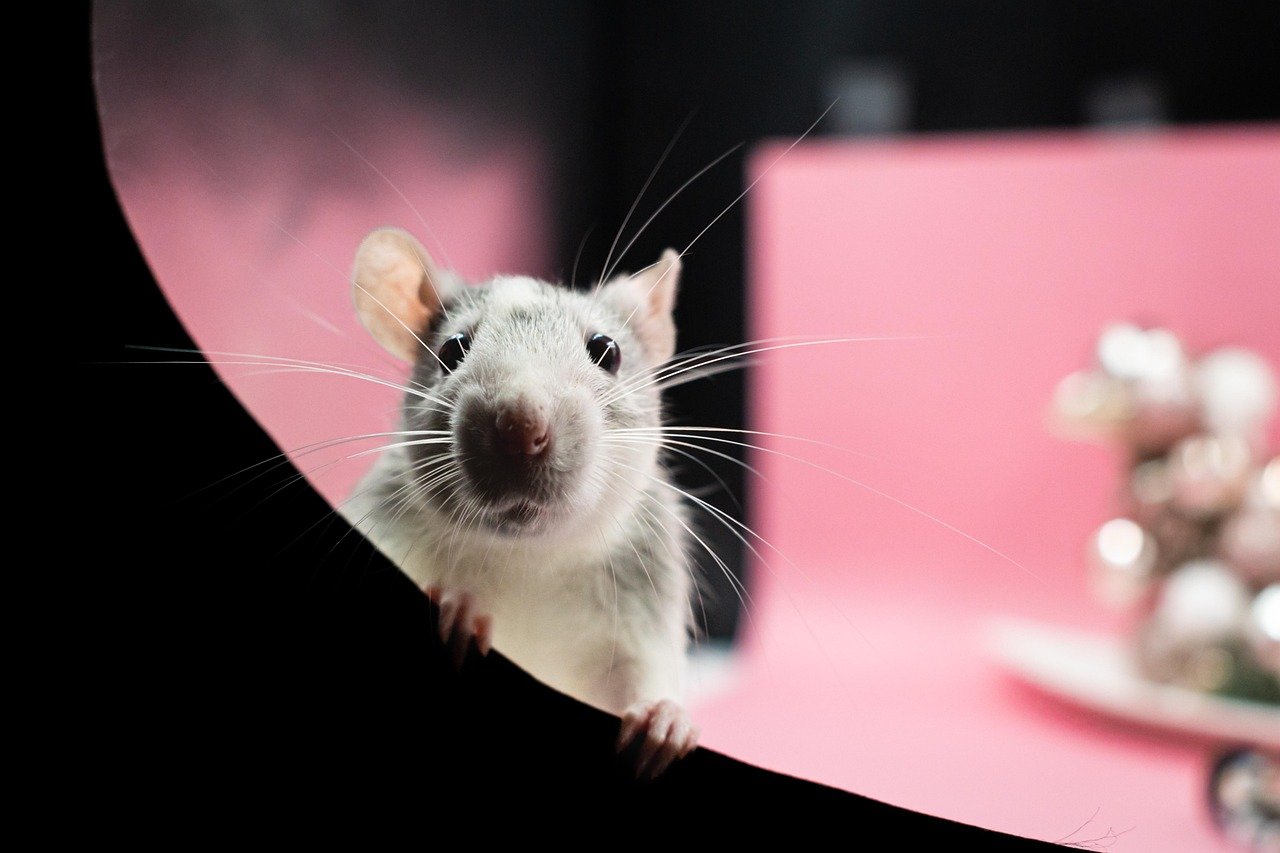
There’s no sugarcoating it—cats are hardwired to hunt mice and rats. No matter how domesticated your pets are, instinct is a powerful force. Keeping rodents as pets in a cat household is asking for trouble. Cats can stalk, terrorize, and even hurt mice and rats, even through cages. The constant fear isn’t good for anyone involved, and accidents happen more often than you’d think. If you want a peaceful home, it’s best to stick to pets that don’t trigger your cat’s hunting instincts.
Chinchillas: Delicate and Easily Frightened
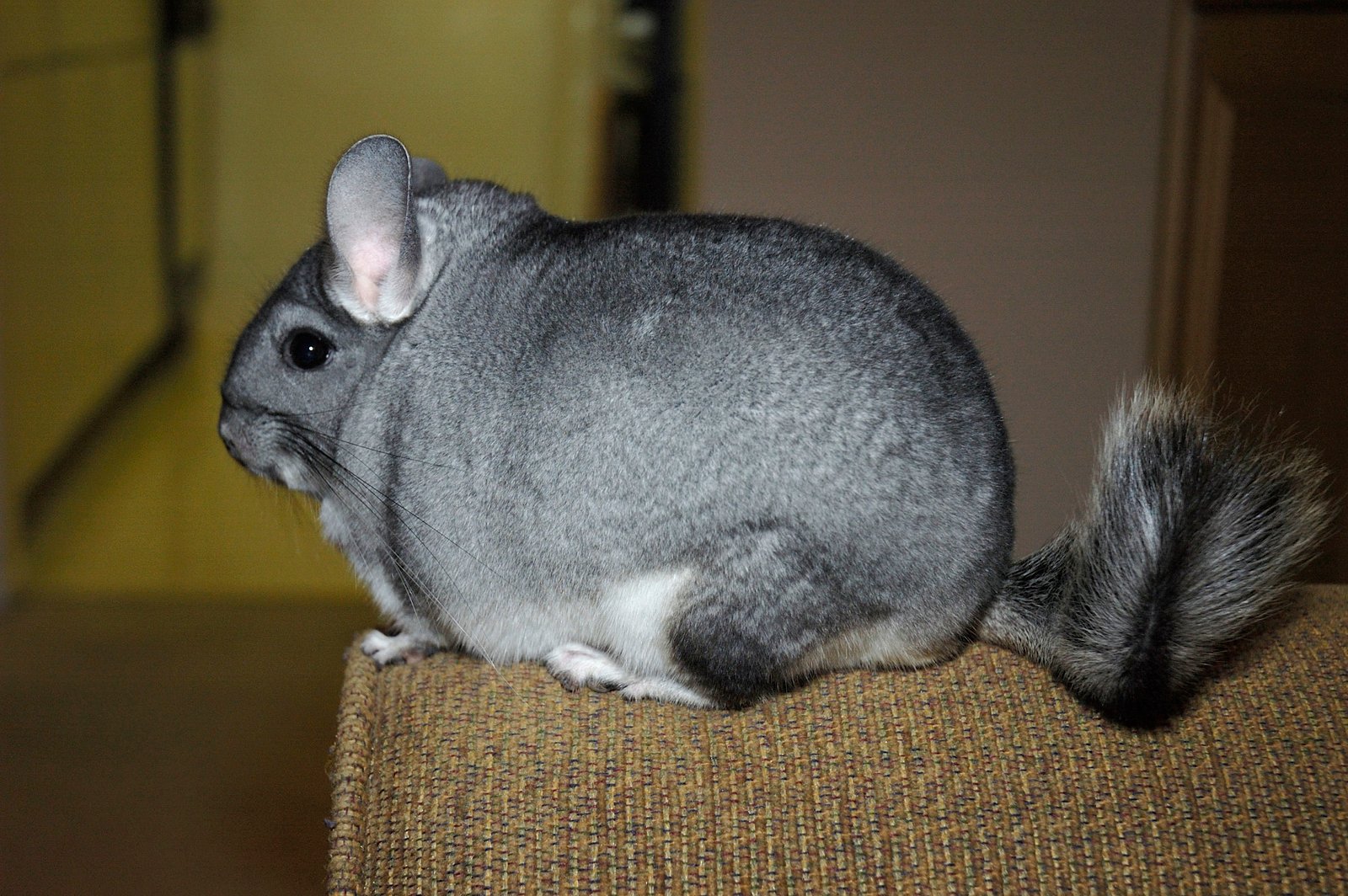
Chinchillas are adorable, but their nerves are as delicate as their soft fur. Cats, with their stalking and pouncing, can turn a chinchilla’s world upside down. Even if your cat never gets into the cage, the mere presence of a feline can cause chinchillas to become anxious, stop eating, or even develop health problems. These little creatures need calm and quiet, not the constant stress of a curious cat peering in. If you love your chinchilla, or your cat, it’s best to keep them separate.
Small Exotic Birds: Stress Overload
While parrots and cockatiels get the spotlight, small exotic birds like finches and lovebirds are even more vulnerable. Their heart rates soar with stress, and a cat’s attention can be overwhelming. Cats are natural acrobats and can find ways to reach even the highest cages. There’s the ever-present risk of escape, injury, or fatal shock. For the sake of your feathered friends, it’s wise to avoid bringing small exotic birds into a home where a cat rules the roost.
Bringing a new pet into a home with a resident cat requires more than just excitement—it demands thoughtful consideration. Some animals simply aren’t compatible with feline companions due to differences in temperament, prey drive, or environmental needs. By avoiding these 10 potentially problematic pets, you help ensure a peaceful, safe, and stress-free environment for your cat. Every pet deserves a home where they feel secure, and by making informed decisions, you’re protecting the well-being of all animals involved—and setting the stage for harmony, not hostility.
Jen is a passionate nature lover and ocean conservationist. She has dedicated her life to protecting the environment and preserving the beauty of the natural world. Growing up in a small coastal town, Jen sincerely appreciated the ocean and its inhabitants. She has spent countless hours exploring the shoreline, learning about the creatures that inhabit the waters, and advocating for their protection. Jen is an active member of ocean conservation organizations, and she is committed to educating the public about the importance of conserving wildlife and the natural environment.





